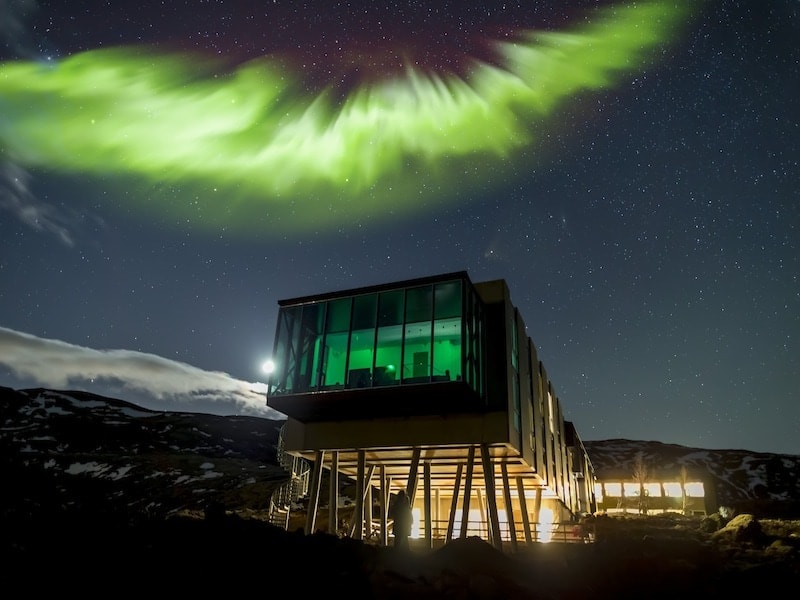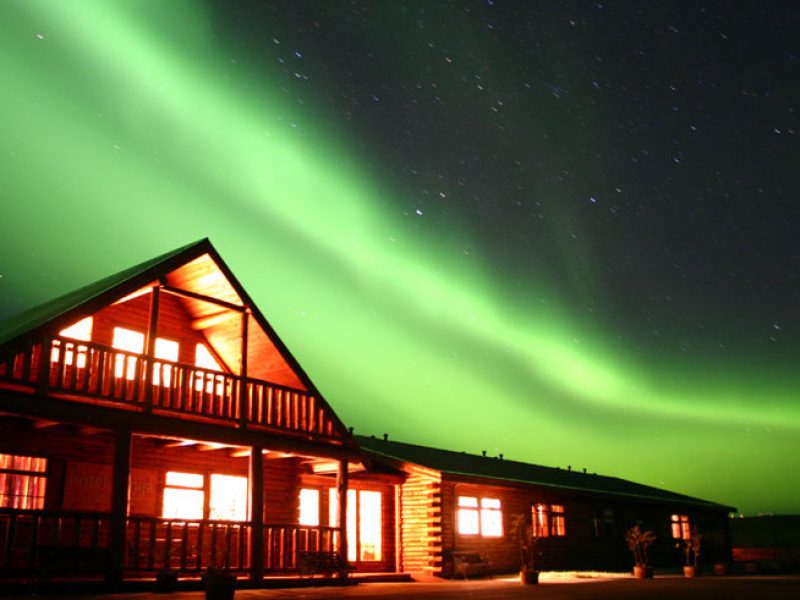

There is a scene that we believe is often repeated: when we think of Iceland we think of nature. In those photos of immense landscapes stretching to the horizon, lava fields, glaciers coming down from the mountain and inhospitable terrain. A magical place, away from everything and wild.
We want to go and enjoy that pure state of nature, we get excited, we buy the tickets and now we organize the trip. And at that moment the doubts come: how do I move around Iceland? Are there service stations? What about food? Is there even accommodation in Iceland?
Ok, maybe we exaggerate a little, but it is true that many doubts arise. And one of the main ones has to do with where to sleep in a country with a very low population density and which is concentrated in the capital.
For those who only stay in Reykjavik, the options will be the usual ones in most cities. Those who want to go around the whole island will have to look for a little more. In both cases we believe that this post is going to help them when looking for accommodation in Iceland, and especially to get an idea of the price issue.
Types of Accommodation in Iceland
Here we tell you about the different types of accommodation you will find in Iceland. Some are the classics already known and others not so much.
Although they can be very different from each other, there is one characteristic they all have in common: they are expensive (except camping and Couchsurfing). In general Iceland is an expensive destination, but we will deal with prices below. Here are the general aspects of each type of accommodation:
Hotels: Well yes, it’s the classic option. Due to the high demand they are opening more and more. However, they are still (in general) the most expensive option. They are all over the island and there are two big chains that stand out: Fosshotels and Icelansair Hotels. In this last one we stop for a night and tell you the experience below. Hardly get a room for less than €100.
Hostels: The inexpensive option to sleep indoors (cheap for what Iceland is). They tend to be in the main cities and have high demand so it’s a good idea to book early. They have the option of a private or shared room (bathroom always shared).
Some hostels have an option with a sleeping bag. This means that if you carry the sleeping bag you will not be charged for the sheets (ask beforehand if you have this option). Another tip to save if you go to hostels often is to carry the Hostelling membership card as most are affiliated. A bed in a shared room is usually around €30.
Guesthouses: What is this? A house adapted to receive people. Therefore the rooms are usually private, shared bathroom and kitchen. It is the intermediate option between the hotel and the hostel in price and service.
They are all over the island, sometimes separated from the city which is very useful if they are hunting for the aurora borealis. Prices are very variable but usually around €80.
Rural accommodation: Iceland has a network of rural accommodations (mostly farms) that receive tourists. Staying on a farm can be very interesting as some offer activities such as horseback riding. But don’t think you’re going to save money by staying on a farm. Prices are very variable and some cost as much or more than a hotel.

Temporary rental: our beloved Airbnb site. You can get good prices if you choose a private room in a guest house. The offer is not very plentiful and is usually concentrated in the larger cities, but worth a try. The cost is also very variable, we get private room for around €70.
Couchsurfing: the option of having someone lend you an armchair. We only find offers in Reykjavik (the capital) and Akureyri (the second largest city). For those who don’t know what it’s all about, we recommend this post by Aniko Villalba where he explains it. Cost: free.
Camping: the cheapest option after couchsurfing. There are campsites all over the island, but Icelandic law also allows you to camp almost anywhere (except on private property without express permission or national park, if it is only for one night, if there is no campsite nearby and if you leave everything as it was).
However, we would not recommend this option in winter. If you want to know more you can find information on this page. The cost for camping is between €3 and 6 per night.
Caravan: either motor home or motorhome. Another option is to wear the house. It’s an interesting option if you’re going around the island and you don’t want to get into the central highlands (there you need 4×4). Peeeero, they are not so cheap, especially in summer.
Make a budget first of how much it costs you to rent a car + accommodation and then compare with the motorhome. Besides, you can’t stop to spend the night anywhere like with the tent, only in campsites.
Annual Accommodation Price Variation in Iceland
A characteristic that is repeated in all the lodgings of the world is the variation of prices depending on the time of the year. Iceland is no exception. To show how prices evolve we take four random accommodations in different parts of the island.
For each we look for the cost of one night in each week of the year. After a lot of work we were able to put together the graphic shown below. It shows the cost of one night in a private room on a double basis.
What is clearly evident from looking at the graph is the abysmal increase in summer prices. Particularly in the months of July and August which would be full high season.
The price of one night can cost twice as much in summer as in winter. Advice? Go in spring (April – May) or autumn (September – October). Daylight hours are enough to cover and you will be saving 30-40% on your accommodation in Iceland.
Where to stay in Iceland
For those who travel for a short time and only stop in Reykjavík it will be easier as they only have to choose one accommodation. It is also in Reykjavík that you have the most options. Those who want to move around the island will have a little more work to do.
That’s why we tell you below where we stopped on our circular route through Iceland.
As shown in the graph above, the values may vary according to the time of year. In addition Iceland has a growing tourist demand which can cause prices to increase over time.








